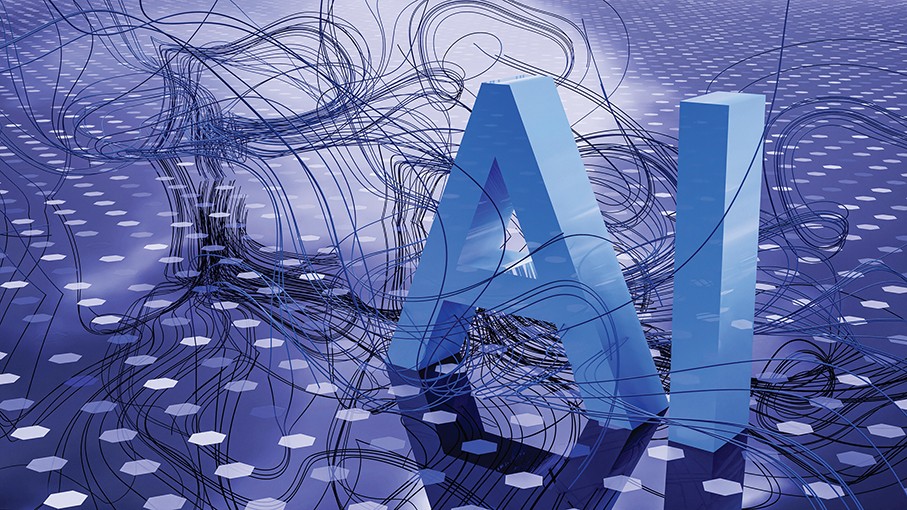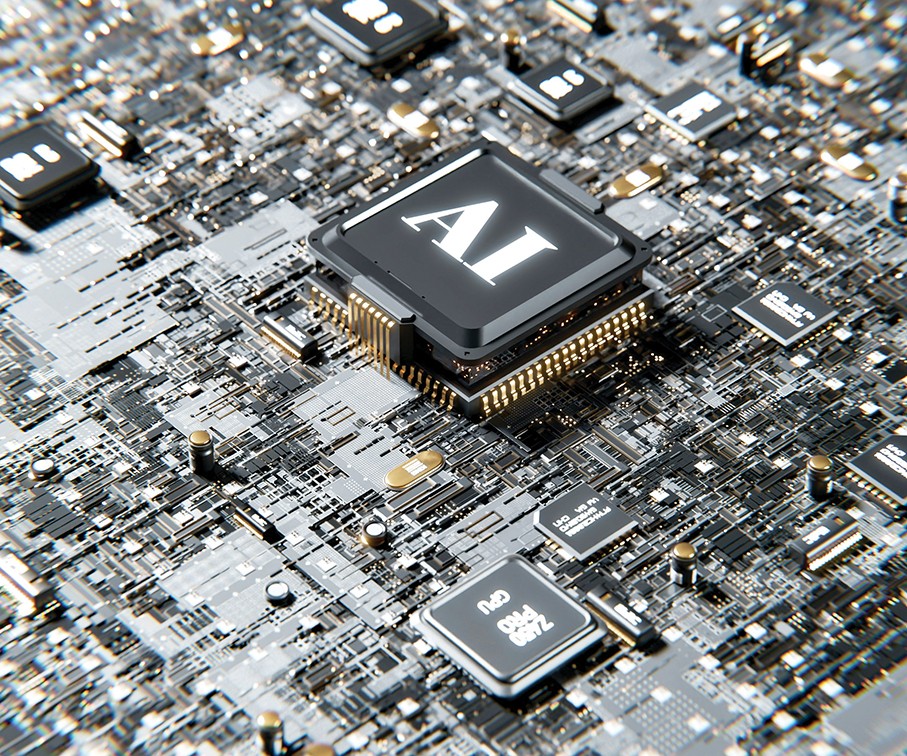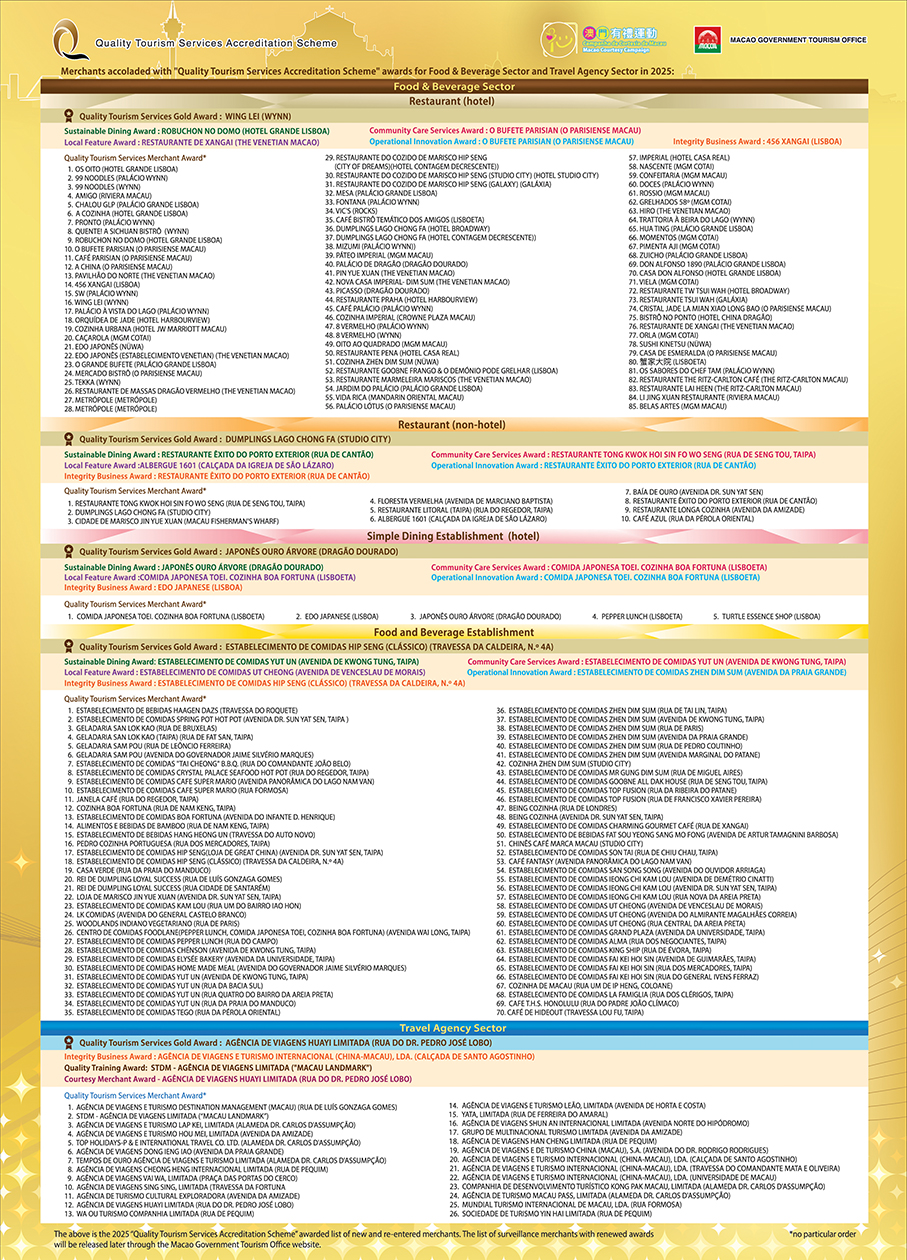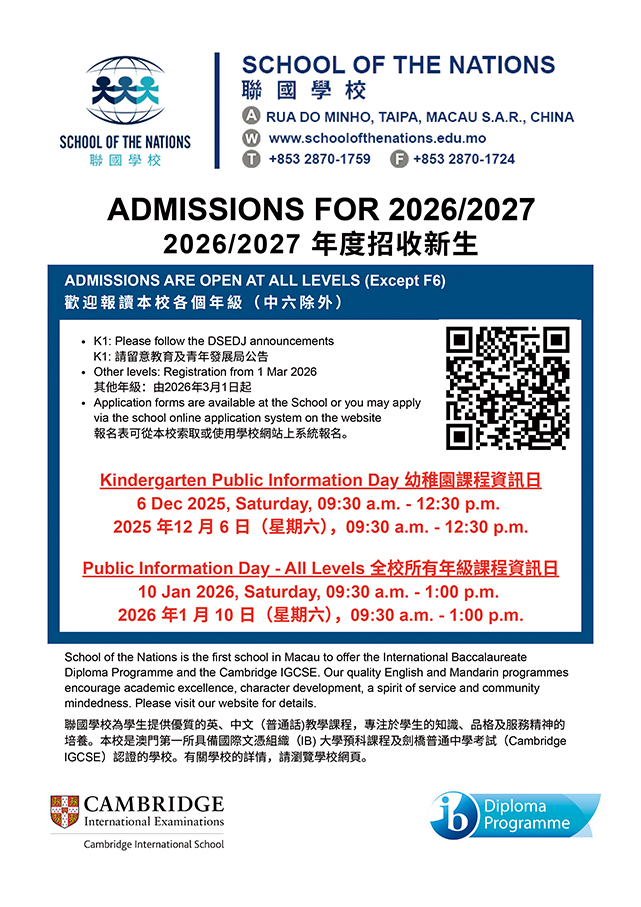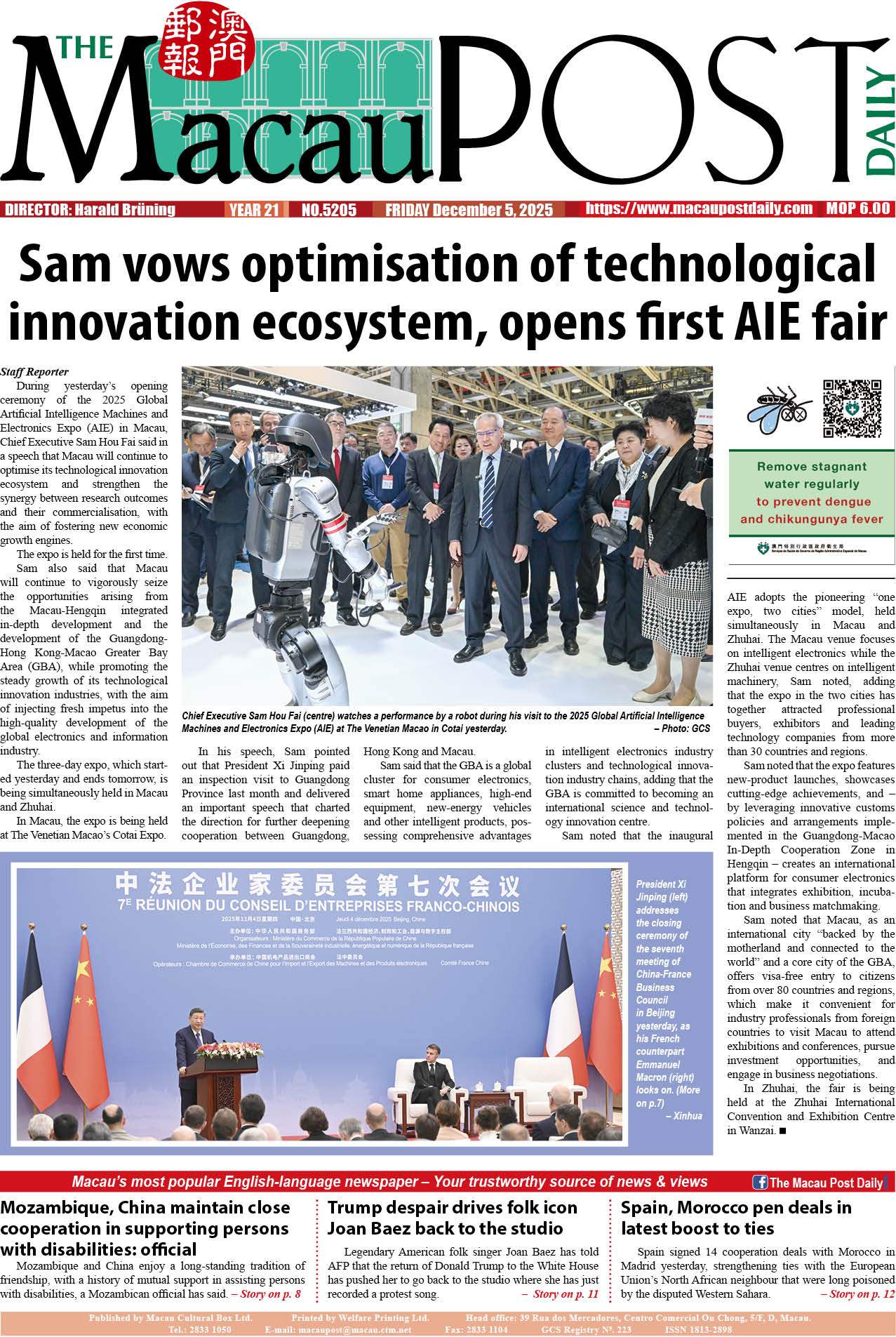Hoi Sio Hong, Form 4, Chan Sui Ki Perpetual Help College
The launch of DeepSeek R1, a cutting-edge AI (artificial intelligence) model developed by Chinese firm DeepSeek, has ignited discussions far beyond the tech world. Its implications span education, economics, and geopolitics, signalling a pivotal shift in how artificial intelligence is developed, deployed, and democratised. Here’s why these matter —and what it means for the future of global innovation.
Revolutionising Education: Beyond Rote Learning
At its core, DeepSeek R1’s “DeepThink” function offers students a transformative tool for problem-solving. Unlike traditional AI models that simply generate answers, DeepThink guides learners through step-by-step reasoning, mimicking the Socratic method. For example, a student tackling calculus can see not just the solution to an integral but the logic behind each substitution and rule application. This fosters critical thinking over memorisation, a skill increasingly vital in a world where AI handles routine tasks. Yet challenges remain: over-reliance on AI risks undermining independent learning, necessitating balanced integration into curricula.
The Efficiency Revolution: Smaller, Faster, Cheaper
DeepSeek R1’s most disruptive innovation lies in its efficiency. By leveraging new techniques, it achieves performance comparable to larger Western models (e.g., OpenAI’s GPT-4) at a fraction of the cost. This challenges the traditional “bigger is better” paradigm, shrinking the performance gap between smaller and larger models. In addition, training such a model could cost under US$1 million—a fraction of the US$100 million+ budgets for leading US counterparts.
This efficiency has ripple effects that extend beyond immediate benefits. Firstly, it significantly lowers costs, enabling startups and small- to medium-sized enterprises (SMEs) to deploy AI without the need for expensive cloud infrastructure. Additionally, the reduced energy consumption associated with these models aligns with global carbon neutrality goals, contributing to a more sustainable future. Furthermore, the ability for models to run on smartphones or low-power devices enhances accessibility.
Geopolitics: The US-China AI Race Intensifies
DeepSeek’s rise underscores China’s strategic push for AI sovereignty. By prioritising domestic models, Chinese firms sidestep reliance on US-controlled technologies amid escalating tech decoupling. For instance, Huawei and XiaoMi now integrate DeepSeek into their AI assistants.
Meanwhile, the US faces pressure to respond. OpenAI’s accelerated release of GPT-4.5/5 and recent stock market jitters reflect anxiety about maintaining leadership.
While DeepSeek R1 highlights China’s ambitions, the broader question is whether efficiency-driven AI will spur global collaboration or deepen divides. Optimists envision a future where open-source, efficient models benefit humanity—think climate modelling or medical research. Pessimists warn of a fractured ecosystem where US and Chinese AI stacks compete for global influence, akin to the 5G rivalry.
Conclusion: AI for All?
DeepSeek R1 is more than a technological leap; it’s a catalyst for reimagining AI’s role in society. As nations grapple with ethics, equity, and competition, one truth emerges: the future of AI won’t be shaped solely by those who build the largest models, but by those who make AI work smarter, greener, and for everyone.
Fun fact: This very article was crafted through a collaborative conversation between a curious student and DeepSeek’s AI, demonstrating how human-AI teamwork can turn abstract ideas into actionable insights—and maybe even spark a newspaper column!
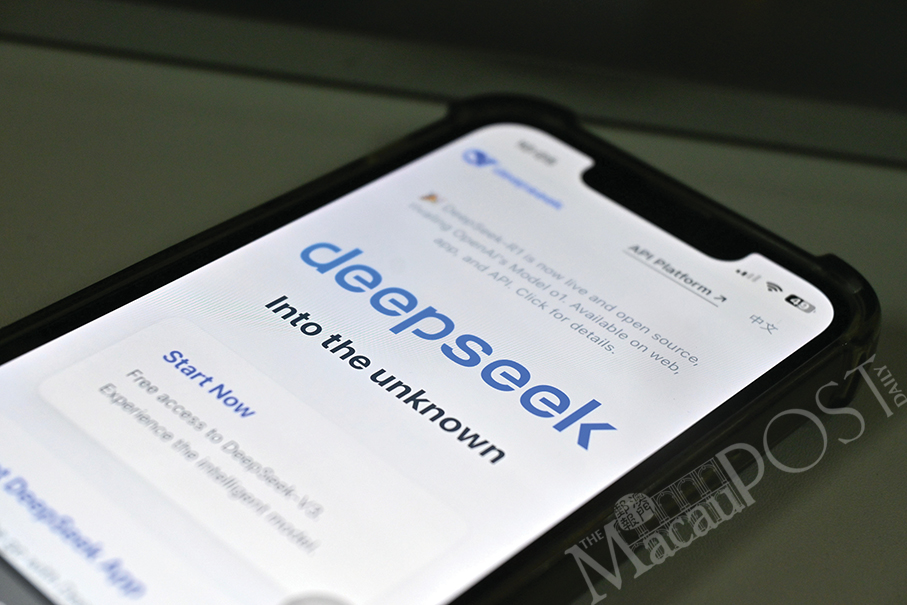
This photo shows the DeepSeek website. – Photo taken last night by Rui Pastorin
